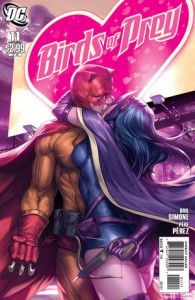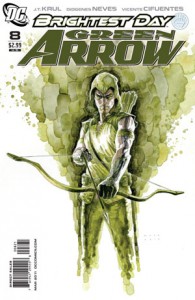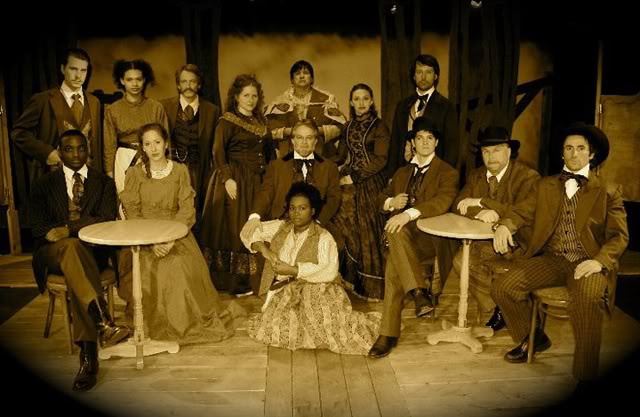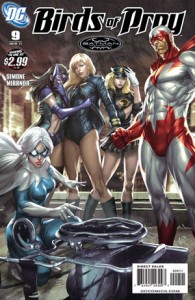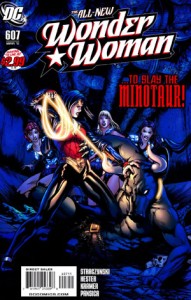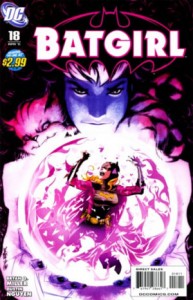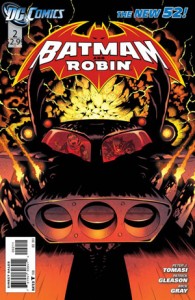
Starring Benedict Cumberbatch, Martin Freeman
When I first heard of this “modern update of Sherlock Holmes,” I shrugged. I like my Holmes set in his original period (I was never keen on the Rathbone Holmes-versus-Nazis type versions). It seemed to me that so many of the details of the stories were tied to the Victorian/Edwardian period.
When I finally did watch Sherlock, I was more than pleasantly surprised. The masterminds behind the series, Mark Gatiss and Steven Moffat, set themselves to figure out what in modern life would most correlate with key aspects of Doyle’s stories, and they did a brilliant job.
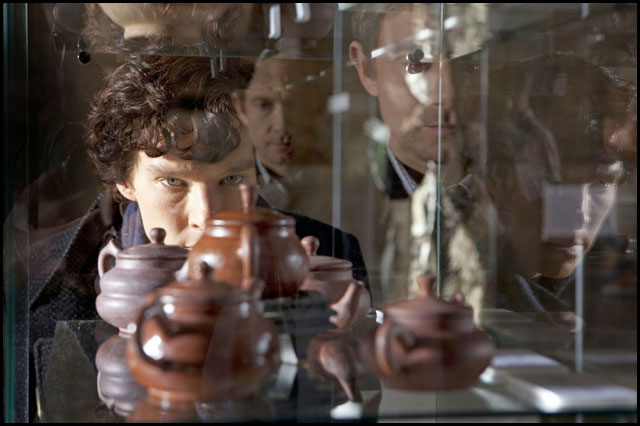
From “The Blind Banker”, Season 1 of Sherlock
Of primary importance to me, is their coneptualizing and understanding of Dr. Watson. They’ve done a brilliant job of bringing to life what I think Doyle really wanted us to see. Gone is the “ordinary,” almost bumbling and muddled Watson and in his place we have an adrenaline junkie war doctor, brilliant in his own right but not used to thinking the way Sherlock does. Rather than be offended and perplexed by Sherlock’s abilities, he is instead intrigued and even amused by them. And in this characterization we finally have an explanation of why Sherlock keeps Watson around – and even needs him. (Okay, so the Guy Ritchie film also captures this aspect as well — yay for Watson!)
Benedict Cumberbatch at first glance seems almost too beautiful for the ascetic Holmes, and yet once in motion, he embodies the manic energy of the brilliant Sherlock.
One touch the series has added are fleeting visual effects that highlight the clues that Sherlock picks up, clues he sees that others miss. This brings the viewers up to his speed and points out that even in our high tech modern age, Doyle’s comments about the powers of observation have not been made obsolete.
The series is a viewing gem and wonderfully respectful toward Doyle’s creation. A truly worthy entry to things Sherlockian.
Season One
“The Study in Pink,” “The Blind Banker,” “The Great Game”
We are brought into this world through John Watson, as he meets and connects with Sherlock. Much more present in the series than in the original stories is Sherlock’s older brother Mycroft. The tension between the siblings works brilliantly here, as both brothers are convinced that Mycroft is the smarter one. Mrs. Hudson has become more than an usher for clients, and she brings a delightful counterpoint to “the boys.” The shadow of Moriarty falls across the episodes, but a direct confrontation between Sherlock and his nemesis does not come until the cliffhanger at the end of the Season.
Season Two
“A Scandal in Belgravia,” “The Hounds of Baskerville,” “The Reichenbach Fall”
Season Two gives us Irene Adler, a worthy match or opponent (depending on your appreciation of “romance”) for Sherlock. She plays to Sherlock’s denied emotions, but when it comes to the matter of crime, he does not let her win. The second episode has fun with perhaps the most famous of Holmes stories, while also making it clear that being Sherlock’s friend is not an easy task for John. In the final episode, Sherlock and Moriarty are engaged in a deadly serious clash, where Moriarty sets out to “burn you to the core,” to the point of requiring Sherlock to die in order to save his friends (few though they be) from assassins.
Season Three
“The Empty Hearse,” “The Sign of Three,” “His Last Vow”
Season Three centers on a much discussed matter of Sherlockian canon – the marriage of Dr. Watson to Mary Morstan. Of course, the first episode must address of Sherlock’s apparent death. I have to make note of Martin Freeman’s wonderful performance of Watson in this season: John has been grieving deeply for two years over the loss of his best friend, and in that time has found a true love. His fury at finding that not only has Sherlock been alive all this time, but that Sherlock purposefully kept him in the dark about it, rings resoundingly true. The delightful addition of Mary is that the series writers have made her as sharp as “the boys,” with an understanding of their dynamic. We are also given a further glimpse into the Holmes Family with the appearance of Sherlock and Mycroft’s parents (delightfully played by Cumberbatch’s own parents).

